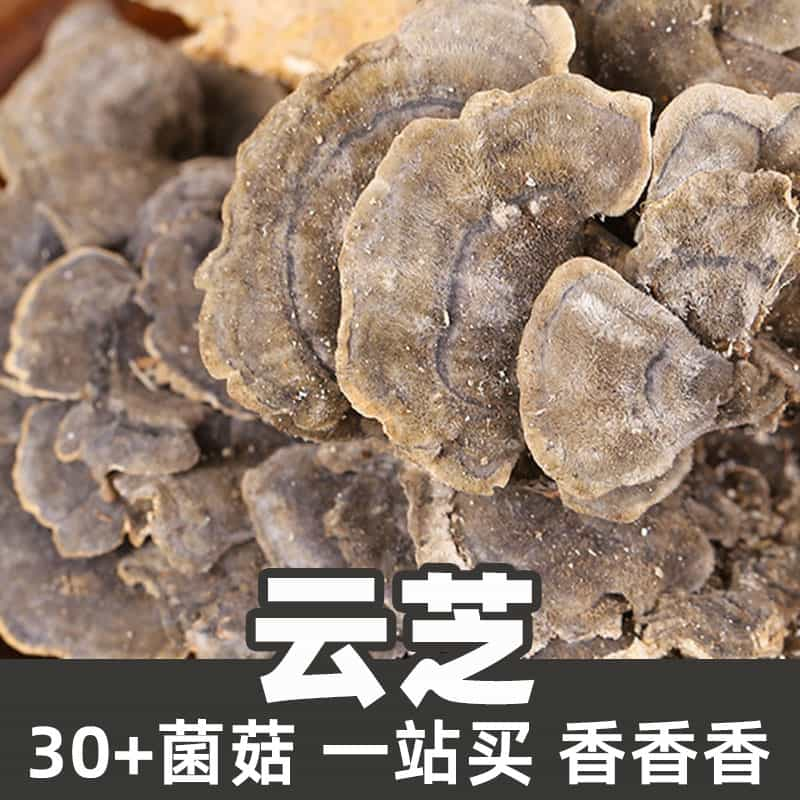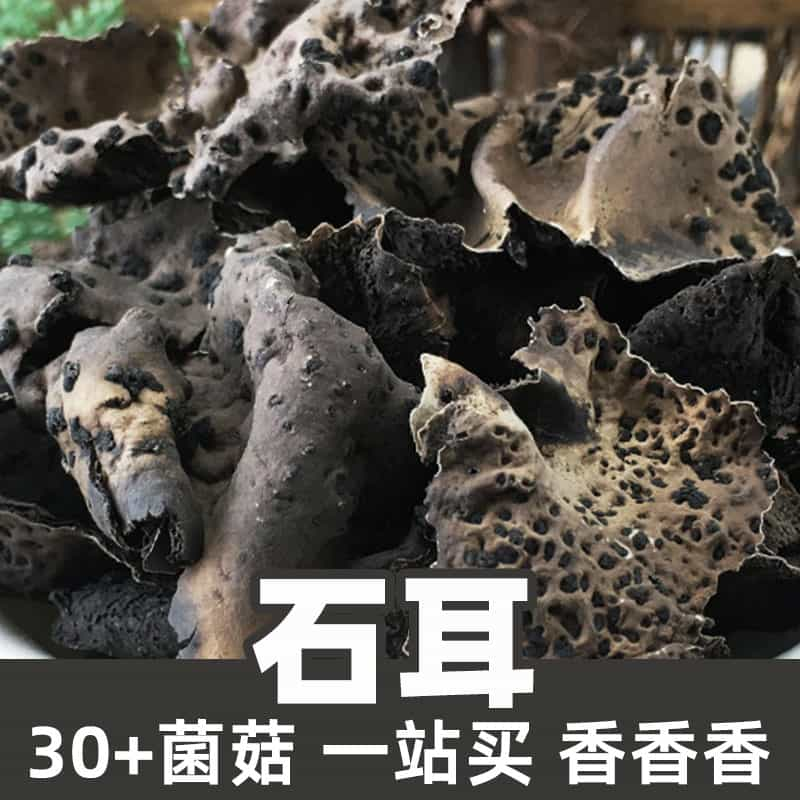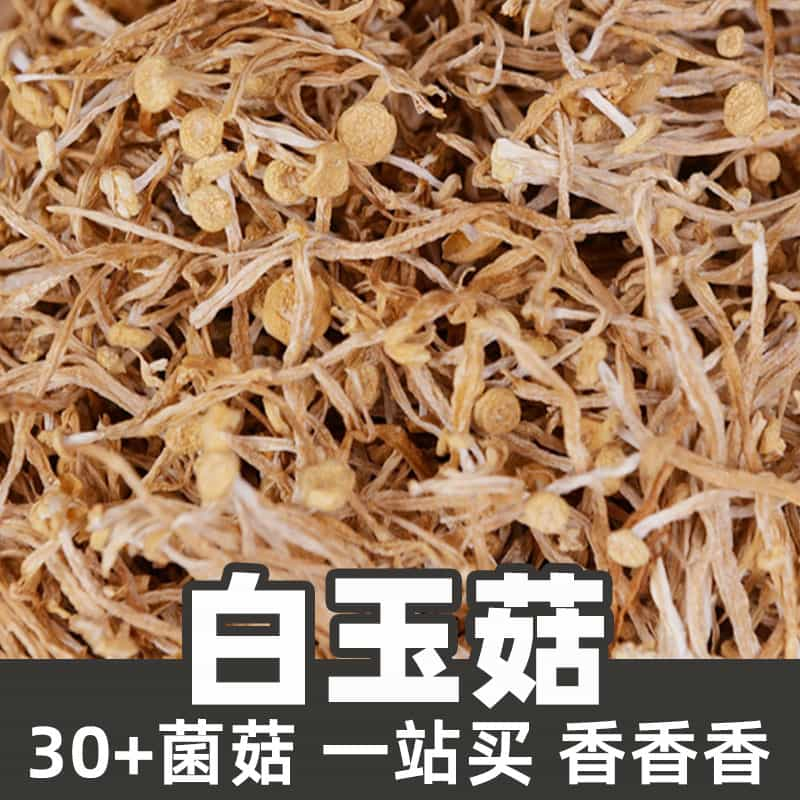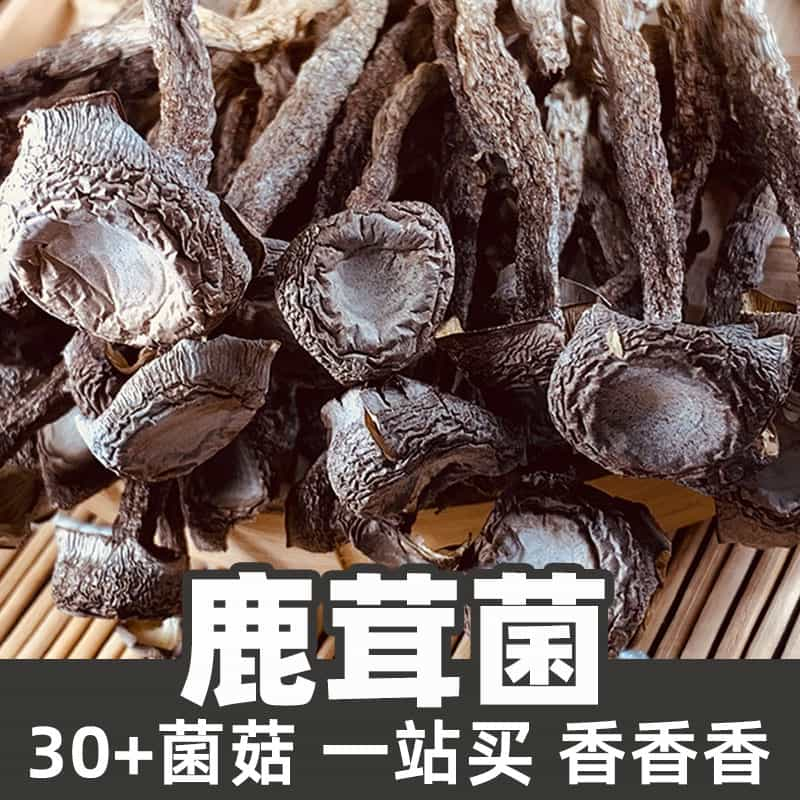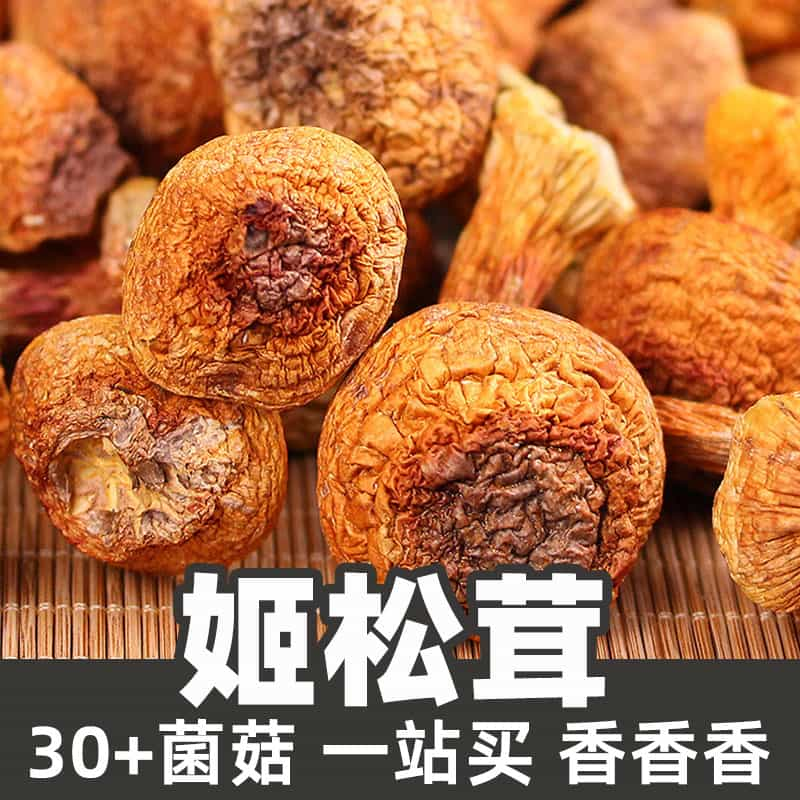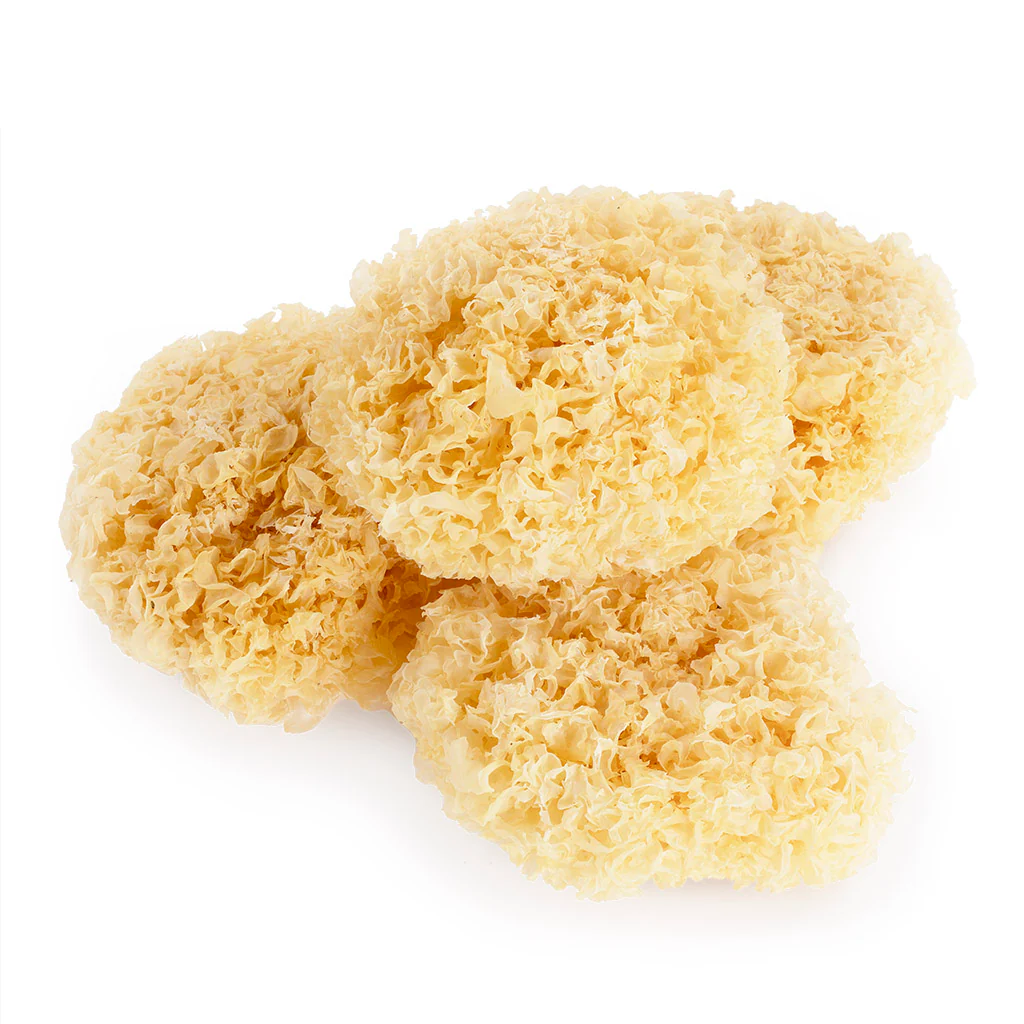Product Introduction
Shiitake mushrooms are a valuable edible fungus known for their rich flavor and numerous health benefits. They are primarily cultivated in East Asia, particularly Japan and China, where they have been harvested for centuries. The culinary applications of shiitake are extensive; chefs appreciate their umami taste, which enhances a variety of dishes, from soups and stir-fries to sauces. Nutritionally, shiitakes are packed with bioactive compounds, making them significant in dietary practices and traditional medicine. The key components include lentinans, which are recognized for their immune-boosting properties. Over time, shiitake mushrooms have gained popularity worldwide, both as fresh and dried products, thanks to their unique taste and potential health advantages. They can be found in many health food stores and are increasingly incorporated into various health-focused diets, demonstrating their relevance in modern nutritional practices.
Nutritional Composition
Shiitake mushrooms offer a blend of nutrients that contribute to their status as a superfood. They are rich in polysaccharides, particularly lentinans, which have been studied for their immune-modulating effects. In addition to these unique carbohydrates, shiitake contain various vitamins, such as B vitamins (B2, B3, B5, B6) that help in energy metabolism and the maintenance of healthy skin. They are also a natural source of vitamin D when exposed to sunlight, playing a crucial role in calcium metabolism and bone health. Furthermore, shiitake mushrooms contain a range of minerals including copper, selenium, and phosphorus, which are vital for maintaining various bodily functions. Shiitake are low in calories and high in dietary fiber, contributing to digestive health. The amino acids present, particularly the essential amino acids, support overall protein intake, making them suitable for vegetarians and vegans. The rich phytochemical content also includes antioxidants, which contribute to their potential protective effects against oxidative stress and inflammation.
Application Scenarios
Shiitake mushrooms can be utilized in a myriad of culinary and health applications. In cooking, they are often added to dishes for depth of flavor and nutritional enhancement; their robust umami taste is a great addition to stir-fries, soups, and stews. They can be sliced and sautéed or used whole in various recipes, providing versatility in meal preparation. In addition to culinary uses, shiitake mushrooms are also available in powdered or extracted forms for incorporation into dietary supplements. These supplements often target immune health, cardiovascular well-being, and general vitality. In traditional medicine, shiitake have been used for centuries in Asia for their supposed ability to bolster health, with some claiming benefits for conditions such as high blood pressure and high cholesterol. The dried form of shiitake mushrooms is particularly popular as it enhances their shelf life while retaining nutritional value, making them a staple in many Asian households. Additionally, the growing interest in functional foods has led to innovative products incorporating shiitake extract, such as teas and health bars, contributing to their increasing presence in modern wellness-focused diets.
Growth Environment and Geographic Distribution
Shiitake mushrooms thrive in warm, humid environments, often found growing naturally on decaying hardwood logs. They prefer to settle on species such as oak, beech, and maple, which provide the necessary nutrients for their growth. The cultivation of shiitake mushrooms has been practiced for centuries, especially in East Asia, where the ideal conditions for their growth are readily available. In Japan, shiitake cultivation dates back to the 12th century, and it has since spread to various regions worldwide including North America and Europe, thanks to improved cultivation techniques. Shiitake can be cultivated in backyards, farms, or controlled environments where temperature and humidity are monitored to replicate their natural habitat. Ideal growth temperatures range from 60°F to 75°F (15°C to 24°C), with a relative humidity level above 80%. As the demand for this mushroom continues to grow, so does its cultivation in regions outside its native habitat, utilizing logs, sawdust blocks, or other substrates to promote fruit body development.
Harvesting, Processing, and Storage
The harvesting of shiitake mushrooms involves cutting the stems with a sharp knife or twisting them off the logs, ensuring minimal damage to the remaining fruiting bodies. Timing is crucial; they should be harvested when the caps are still slightly curled and before they flatten out completely. After harvesting, shiitake can be used fresh or dried for longer storage. The drying process involves heat or air-drying methods, which remove moisture while preserving flavor and nutrients, allowing these mushrooms to have an extended shelf life and enabling their use in various recipes year-round. For storage, fresh shiitake mushrooms are best kept in a paper bag in the refrigerator, which allows for proper air circulation while preventing moisture buildup. Dried shiitake should be stored in an airtight container in a cool, dark place to maintain their flavor and quality. Proper handling and storage techniques are essential in maximizing their shelf life while retaining their nutritional benefits, allowing consumers to enjoy shiitake mushrooms for extended periods.
Monica Sun is a seasoned expert in the natural raw materials industry, with over a decade of experience specializing in traditional Chinese medicinal herbs, spices, and fungi. She is skilled in the sourcing, processing, and application of these materials, emphasizing sustainability and innovation. Monica Sun has contributed to the development of high-quality natural raw materials that serve as essential components in functional foods, pharmaceuticals, and cosmetics, delivering tailored solutions to meet diverse market needs.









